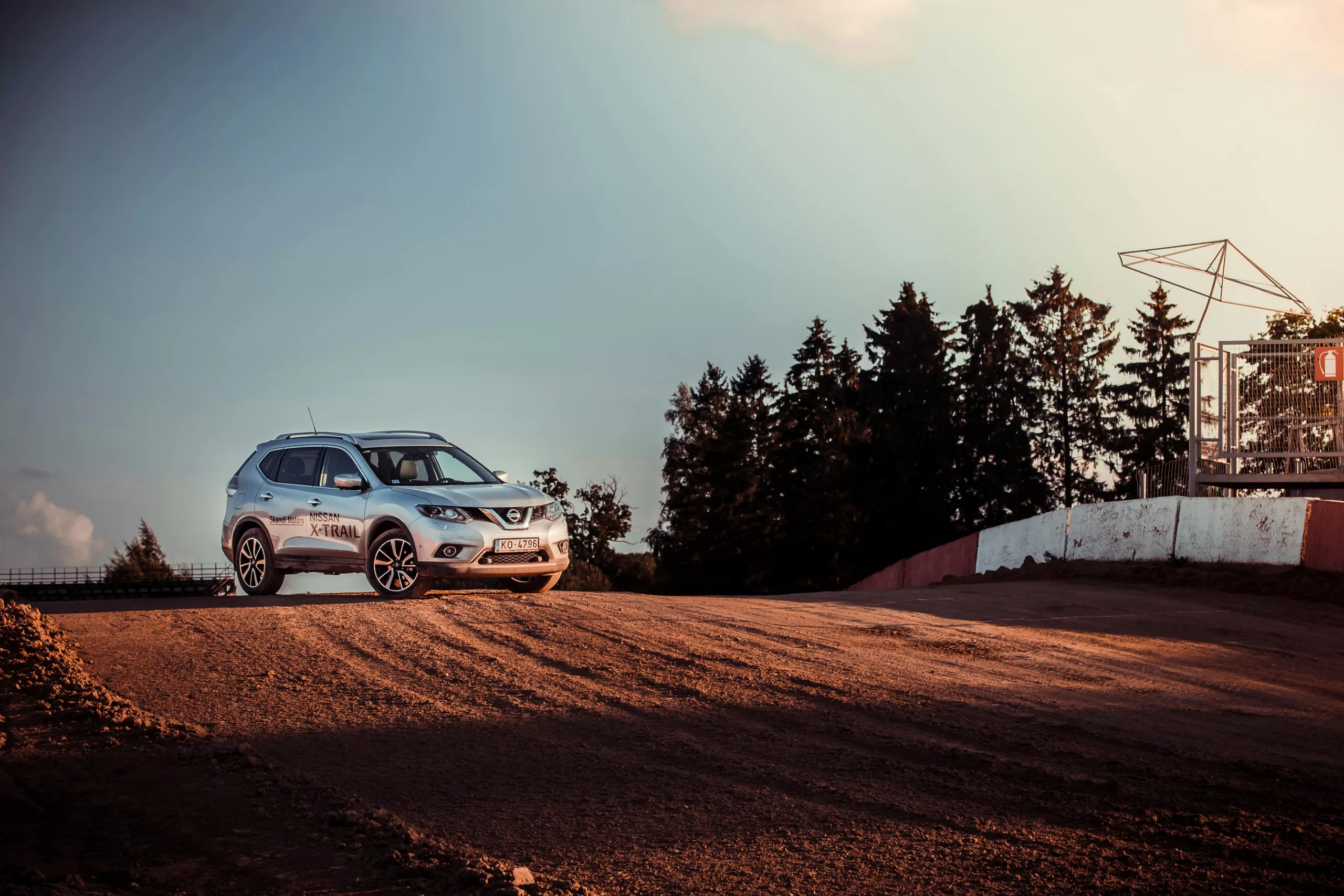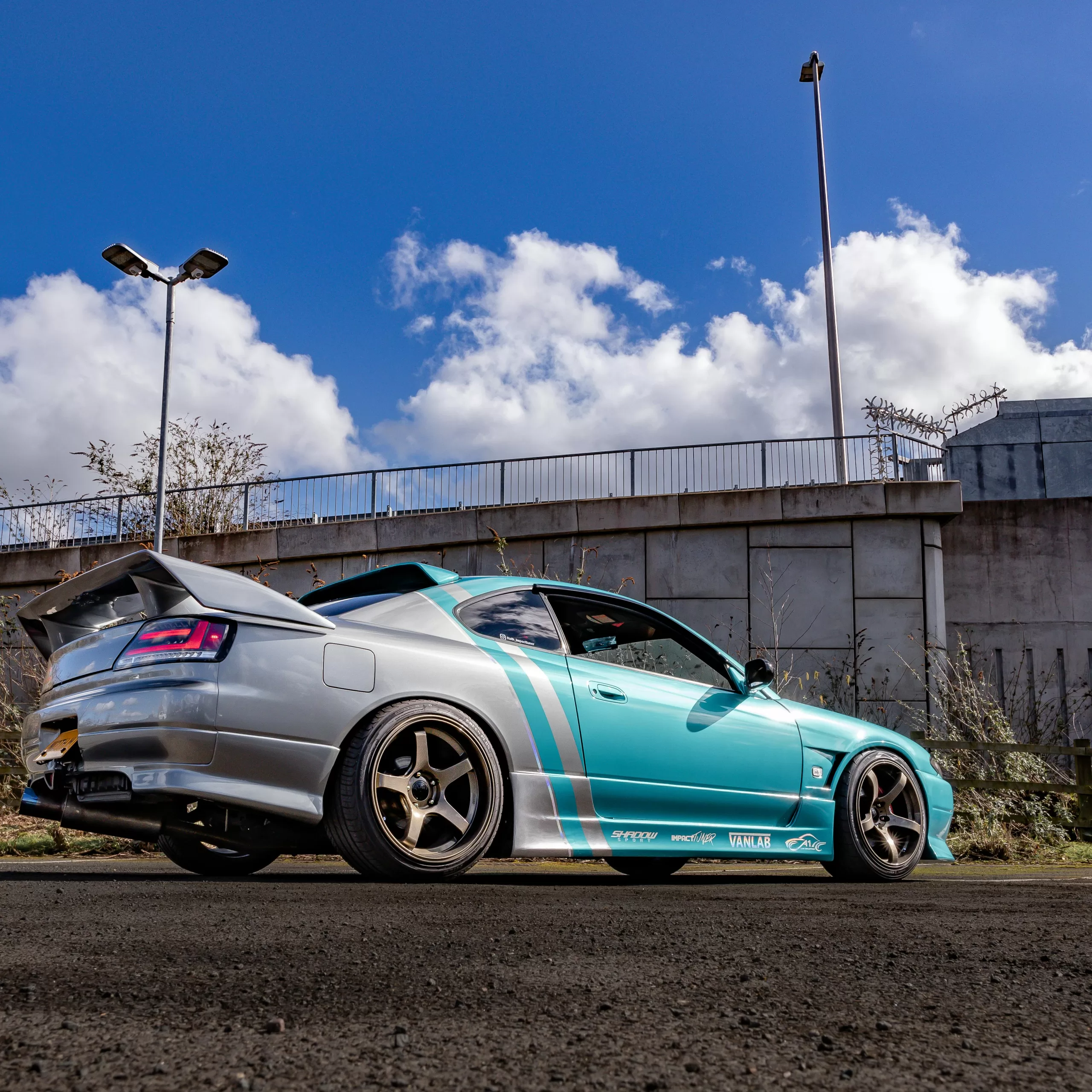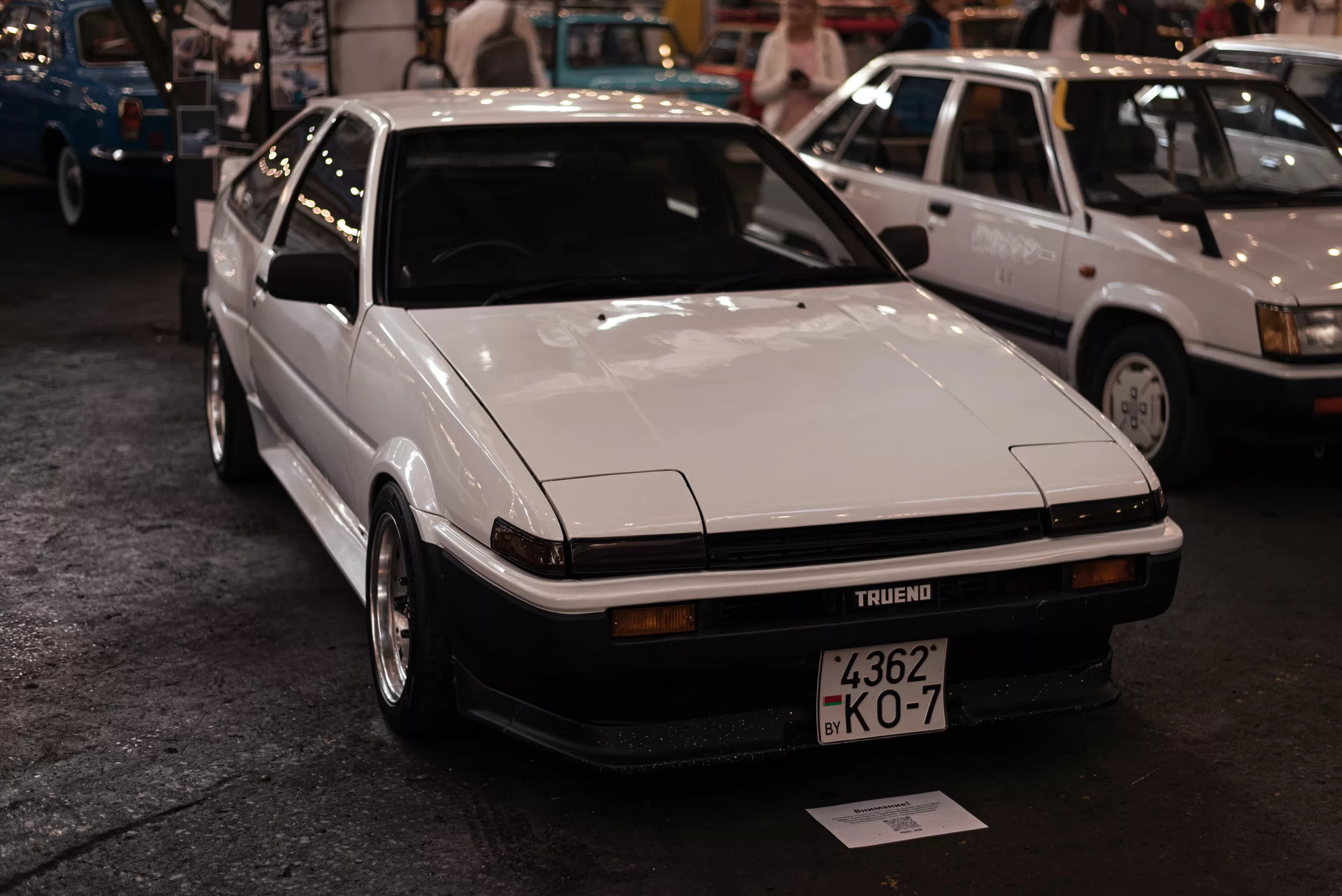The Game-Changing Nissan 280Z
In the early 1970s, Japanese auto manufacturers were primarily known for economical sedans – not serious sports cars. The affordable but boring image was a sore spot for Nissan. It aimed to be taken more seriously in America’s performance market. The solution came in the form of the 1970 240Z coupe. Great success led Nissan to refine the recipe only a few years later, releasing the evolutionary 1975 280Z. With improved drivability and luxury alongside the raw sportiness of its predecessor, the 280Z would fundamentally reshape America’s perception of Japanese sports cars forever.

Taking the Fight to Europe’s Best
Despite positive reviews, the 240Z was still seen as a cheap imitation of European sports cars by some critics. Nissan realized that improving quality, features and drivability alongside performance and handling would be key to overcoming this reputation. Development began on a new Nissan 280Z variant aimed squarely at surpassing rivals like the Porsche 911 and Jaguar XKE in buyers’ eyes.
Under the direction of Yutaka Katayama – the “father of the Z” – Nissan’s engineers retuned the straight six engine for more low-end torque, tweaking the suspension for a smoother ride and enhancing creature comforts. The luxurious but sporty redesign resulted in the 1975 280Z debuting at a higher cost than before – now a true head-on competitor to established European marques. Critics had no choice but to take this slick Japanese coupe seriously.

Instant Success Changes Perceptions
The lavish 280Z arrived in North America to widespread acclaim from media and consumers alike. Its superb performance creds were now paired with a level of quality which threatened traditional European sports cars. This newfound luxury and reliability shattered outdated beliefs that Japanese manufacturing was inferior. As a result, sales took off.
By offering exhilarating pin-sharp handling combined with comfort, reliability and sensible running costs, the 280Z had created its own niche. Nissan had judged the market perfectly – American enthusiasts flocked to Nissan showrooms in droves throughout the 1970s. The car’s runaway success forced rival brands to re-evaluate the emerging threat from Japan. Over 82,000 units were sold in four years until the next-gen 280ZX replaced it in 1979. Nissan had struck a major blow, redefining Japan’s image in sports cars forever.

Driving Purity Underpins Lasting Appeal
Part of the 280Z’s magic lies in how it blends several vehicular characters so harmoniously – luxury coupe, grand tourer, sports car and even racer are all evident in this package. Critically, none dilute the purity of the hands-on sports car driving experience which underpins its charm. Performance is smooth and accessible rather than intimidatingly peaky, responding eagerly to throttle inputs. The steering strikes an ideal balance between agility and stability at speed. Combined with balanced RWD dynamics and an engaging slick gearshift, the car flows intuitively with the driver’s inputs during spirited blasts along winding roads.
These driving qualities shine through even in today’s 280Zs, whether perfectly preserved or well-worn. While by no means its sole appeal factor, this sheer zeal when dynamically pushed is central to why Z-cars of this era are so adored among sporting drivers even now – few rival machines offer the same harmony of capabilities.

Nissan 280Z Legacy as Japan’s European-Challenging Icon
The immense significance of the 1975 280Z is monumental, proving pivotal for both Nissan’s fortunes and Japan’s wider international reputation in sports cars at a pivotal moment in time. By surpassing rivals from established European marques for performance at a more accessible price, the car smashed perceptions of Japan being a producer of cheap imitations unworthy of comparison to European craftsmanship. Instead, critics were blown away by the 280Z’s refinement.
This Japanese icon fundamentally reshaped global thinking. It elevated Nissan’s prestige internationally overnight. It gained newfound respect for Japanese automakers overall. The 280Z transformed beliefs across the worldwide auto sphere. Its impact rebuilt impressions of Nissan and Asian sports cars. Combined with strong sales, this allowed the company to invest in improving subsequent Z variants further – creating a self-reinforcing cycle of success. The 1975 280Z can deservedly claim its position as the genesis driving this change which reignited Japan’s global automotive prospects. Its significance extends far beyond just its standout driving dynamics – this pivotal vehicle changed perceptions forever.






